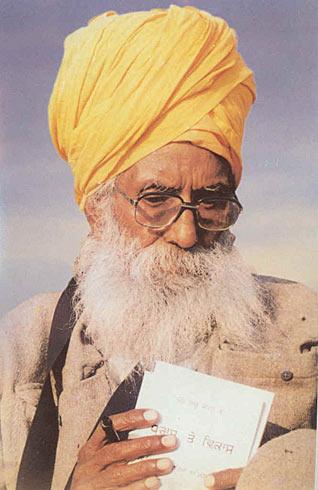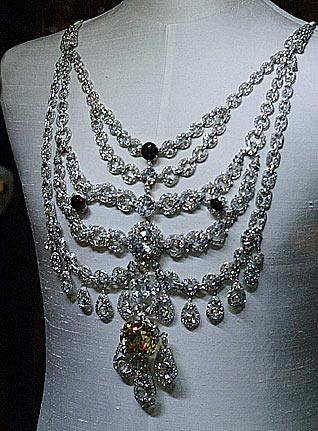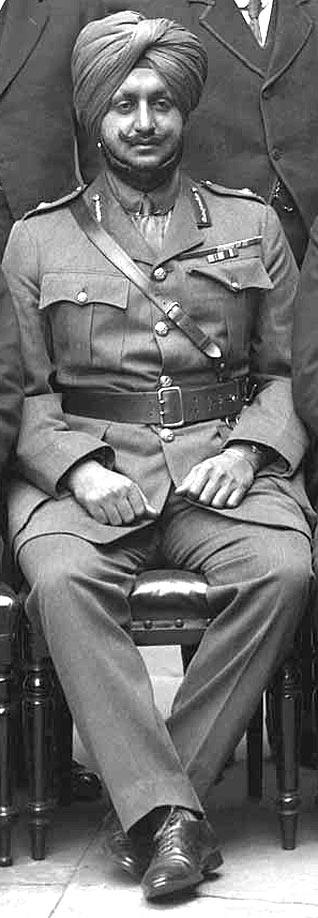Columnists
What Good Is Money?
by I.J. SINGHOnly a fool contends that one needs no money. Only an idiot would profess no use for it. Money may not buy love, but perhaps it puts one in a bargaining position. Money can't buy everything, but it may be better than whatever is in second place. Life depends on it. So much for the clichés.
Roman Catholic priests take vows of poverty and chastity. These days, the one of chastity may have lost its meaning. The opulent magnificence of diocesan holdings makes one wonder about the vow of poverty. Gurdwara sermons, too, endlessly rail against worldly riches, while we continue to gild the gurdwara buildings.
But read the scriptural injunctions carefully. It is the love of riches - greed - that is reviled in Gurbani, not riches per se. The biblical injunction is not against money but the lust for it, which is branded as the source of evil.
No Guru ever lived or recommended a life of poverty, whether of the mind or the pocket. The work of God and Guru requires money. Our troubles start when money becomes an end rather than a tool. Confusing one for the other is how the path to perdition is paved. History is replete with tales of those who forgot the difference between the two. There are also splendid examples of those whose vision was not so muddled. Yet, both ends and means must remain honorable. "Money," as someone said, "is like manure. Spread it around and it does a lot of good; pile it up in one place and it stinks."
Puran Singh was a poor man whose lifelong service of the sick, particularly lepers, earned him the accolade of "Bhagat." He lived the meaning of this word; Bhagat means one who is totally dedicated to God's work. The institution that he founded - Pingalwara (an asylum for lepers and the disabled) - now outlives him and continues his mission. Similarly, Mother Teresa's work, we know, exemplified the nobility of her calling.
Bhagat Puran Singh and Mother Teresa remind me of two November 2002 entries in the "Obituaries" column of The New York Times.
Matel Dawson, who died at age 81, bequeathed over a million dollars to education and other charities. "So what?" you might ask! The Rockefellers and Kennedys of our day, and some dot.com captains of industry give away more than this every year at the advice of their accountants. Bill Gates and Warren Buffett are excellent examples of putting one's money to good use.
But Dawson was a black forklift operator without even a high school diploma. He never earned more than $26.00 per hour. The bulk of his estate came from 12-hour shifts, no vacations and a thrifty lifestyle.
Dawson "lived below his means" in a culture where we all live well above ours. When President Bill Clinton had him over to honor him at the White House, Dawson wondered who would make up his lost wages.
Now, I offer you a contrasting example. No reader of The Times could miss the three-by-six inch picture of the late Maharaja of Patiala, Yadavindra Singh, wearing his bib-like necklace. Comprising 2930 diamonds and gems, this largest necklace ever made by Cartier, weighed in at 1000 carats - nearly half a pound - and was priced at 30 million dollars.
Yadavindra Singh last wore the necklace intact in 1941; over the years, many of the diamonds and platinum links were sold. The Times also noted the gargantuan appetite of Yadavindra's father, Maharaja Bhupindra Singh, for the good things of life -- food, wine, women, travel, sports, Rolls Royces ... and jewels. It was Bhupinder Singh who had originally commissioned Cartier to produce the necklace in 1928.
The House of Patiala also endowed many hospitals and schools. But history will likely remember these Maharajas more for their rapacious life styles and less for their philanthropy.
Why then do I juxtapose the Puran Singhs and the Matel Dawsons of the world with the Rockefellers and Maharajas of yesteryear?
What matters is how big the heart is, not how deep the pocket. It is not the size of the donation that is important, but the life that it represents. This is why Sikhism, along with many other religions, pleads for tithing - giving of ten percent of one's life and its earnings to community service - however small the total dollar figure might be. It does sound like the "modern" idea of a flat tax, doesn't it?
It is in giving that we receive, said Thomas Aquinas. The glory and the satisfaction are in the giving, says Sikhi.
[Photo of Maharaja Bhupinder Singh: Courtesy - The Victoria & Albert Museum, Lafayette Collection.]





